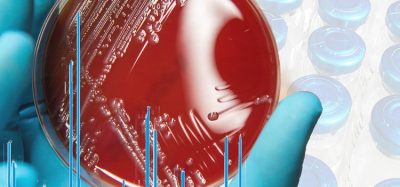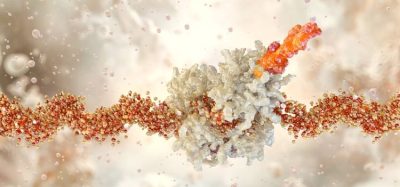Jellyfish-inspired device could aid drug delivery
Posted: 11 July 2019 | Victoria Rees (European Pharmaceutical Review) | No comments yet
Researchers have taken inspiration from jellyfish to create a small device that could be utilised for drug delivery.
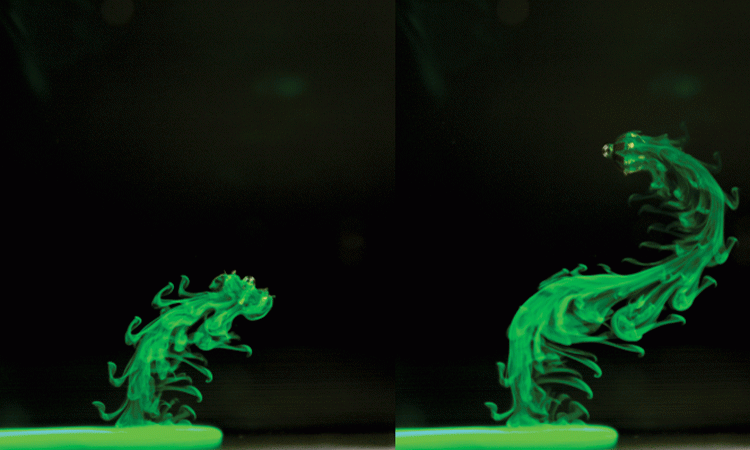

Copyright: MPI for Intelligent Systems
A research team has developed a small jellyfish-like device which could be utilised for drug delivery. With a diameter of five millimetres, the developers argue that the robot could improve cancer therapy efficacy.
The researchers, from the Max Planck Institute for Intelligent Systems, took inspiration from biological systems for the design of the device. Within the elastomer lappets of the robot are magnetic particles and the team can control these using an external oscillating magnetic field.
The researchers were able to manipulate the device’s movements, to trap and transport chemicals. They suggest that the device could be used in drug delivery processes for areas in the body which are hard to reach.
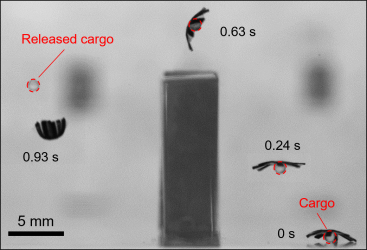

Copyright: MPI for Intelligent Systems
“A possible application scenario is to control the robot to swim inside the bladder under the guidance of ultrasound imaging and to patch to a target, such as cancerous tissue, to release the cancer drug for a long time in controlled doses,” said Xiaoguang Dong, one of the researchers.
“We learn and take inspiration from a range of biological systems to create tiny bio-inspired robots. We use them to study and better understand biological systems. But more importantly, such newly created robots could perhaps one day solve the critical scientific and technological challenges we face in healthcare and the environment, helping to improve the welfare of our society,” said Dr Metin Sitti, one of the lead researchers.
The research was published in Nature Communications.
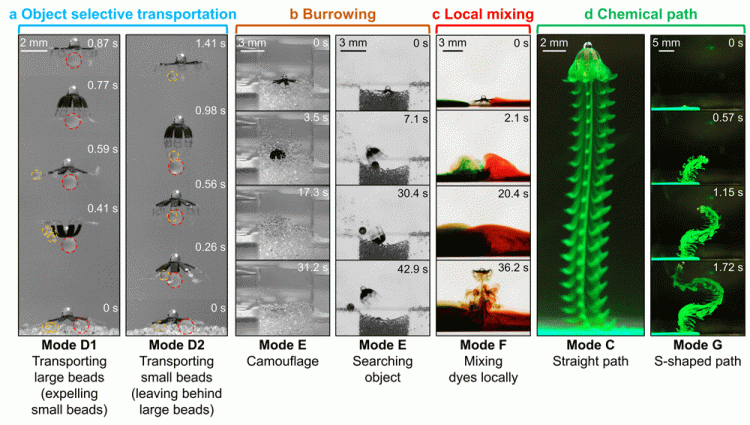

Copyright: MPI for Intelligent Systems
Related topics
Drug Delivery Systems, Drug Development, Research & Development (R&D)
Related organisations
Max Planck Institute for Human Development, Max Planck Institute for Intelligent Systems



